In memoriam: Wim Crouwel (1928-2019)
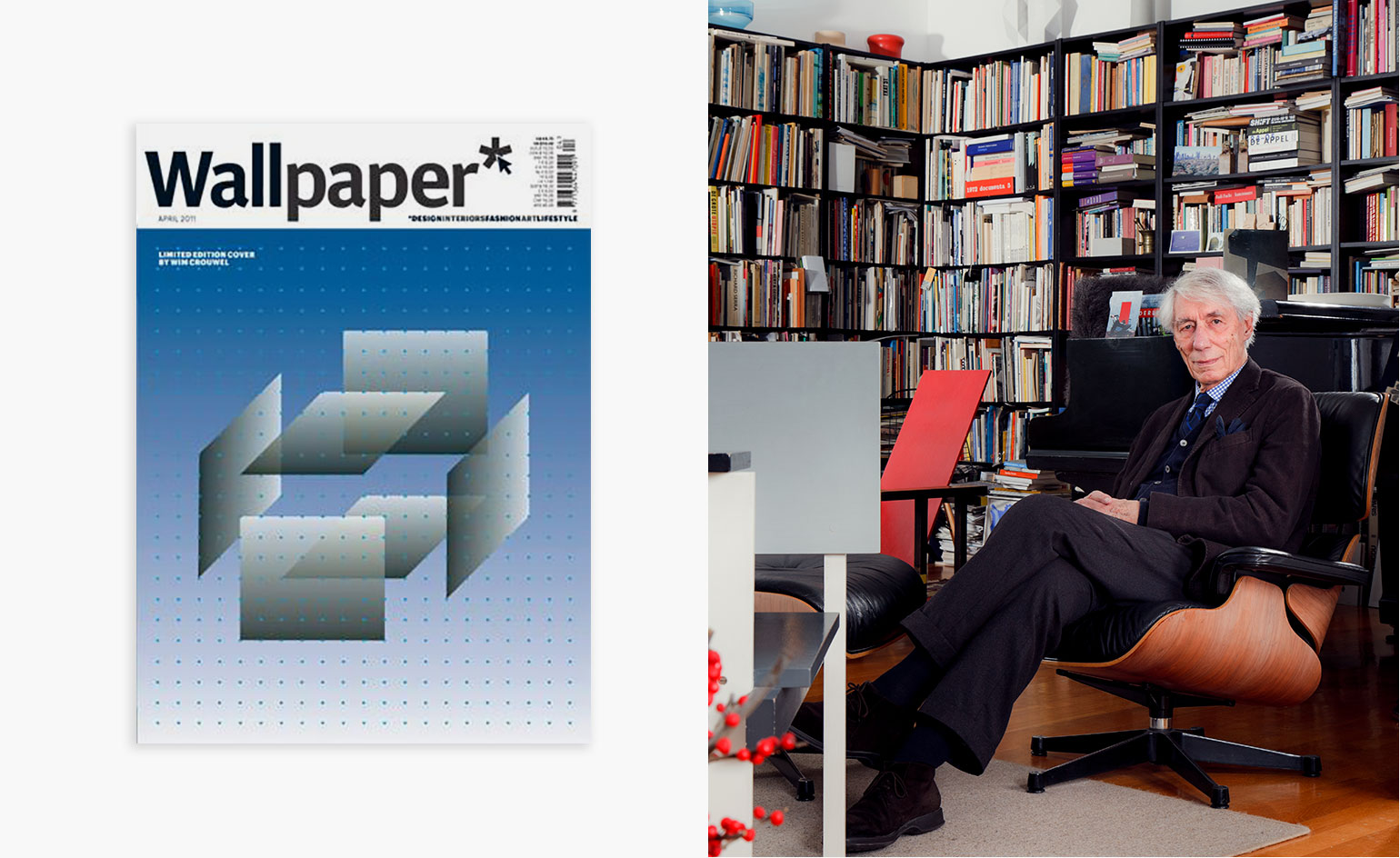
Wim Crouwel, the Dutch design icon who gave us the ultra-geometric Gridnik typeface, has passed away at the age of 90 in his hometown of Amsterdam.
With the agency he co-founded, Total Design, Crouwel pioneered a rigorously functional approach to posters, logos and corporate identities, changing the face of design in the Netherlands. Alongside his famed creation of Gridnik and the New Alphabet – an extraordinary cipher script of vertical and horizontal lines – the designer was also defined by his remarkable ability as a ‘spatial organiser’ for exhibitions, spaces and fair stands.
Crouwel used grids consistently throughout his career, which visibly or invisibly directed the balance of his designs. ‘I rarely make even the smallest sketch without drawing on squared paper,’ he said when we asked him to bring his uniquely tight grip on form and space to the limited edition cover and interiors shoot (pictured at the bottom of this article) in Wallpaper's April 2011 issue (W*145). We weren’t surprised to find the grid incarnated in 3D. For the cover he designed (pictured top left), he created the illusion of a depth of space that seems to sink into the paperstock.
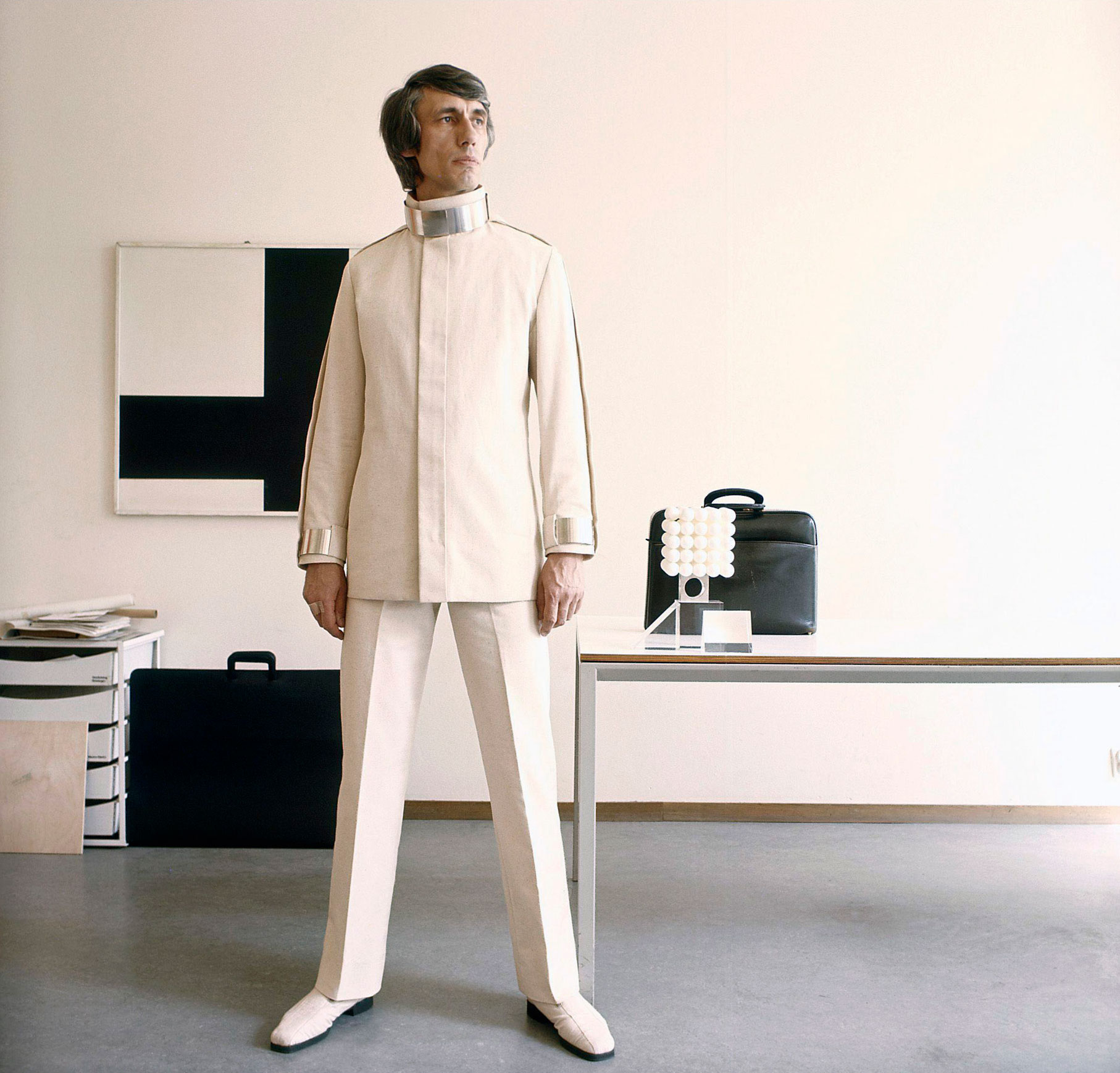
A portrait of Crouwel, shot in the 1960s by leading Dutch photographer Paul Huf, and featured in our April 2011 issue (W*145)
When we visited his apartment ahead of the 2011 collaboration, we learned that his tastes as a design connoisseur were considerably broader than the stern principles he employed as a designer. The stylistic nadir between Gerrit Rietveld’s ‘Red Blue’ chair, Charles and Ray Eames’ lounge chair and Frank Gehry’s ‘Power Play’ plywood chair found in his living spaces was typical of Crouwel’s eclectic and expressive taste. ‘There is a constant struggle between what I appreciate in the work of others, and my own ideas,’ he said at the time. ‘But often, when I like something that vastly differs from my own work, it reinforces my own standpoint.’ It was a standpoint of unadulterated functionalism.
I rarely make even the smallest sketch without drawing on squared paper’
Wim Crouwel
Born in 1928, at the high point of the modernist avant-garde, Crouwel's steadily steered career was as unwavering as his vision. After founding the aptly named Total Design studio in 1963 (which he did with fellow graphic designer Benno Wissing, industrial designer Friso Kramer, and entrepreneur brothers Paul and Dick Schwarz), from 1985 to 1993 Crouwel was director of Museum Boijmans van Beuningen in Rotterdam, and, passionate about education, was also a professor at Delft University of Technology (now TU) and at Erasmus University in Rotterdam. His work has been documented and saluted by various retrospectives, notably at London's Design Museum in 2011, and then at the Stedelijk Museum in Amsterdam later that year. He had a relationship with this hometown institution for over three decades. In its exhibition, his unique take on modernism was delivered in a new light, particularly in the case of his typographic achievements, which were read with renewed interest as we pushed into the digital era.
He continued working throughout his life, contributing typefaces to The Foundry at the turn of the decade, ensuring his legacy carried over into today's digital work. His approach was frequently ahead of its time – his 'New Alphabet' of 1967 playfully exploited the limited resolution of the earliest computer monitors, effectively making him a pioneer of the abstract power of pixelation. Other fonts were designed for electric typewriters, taking the fast-moving demands of technology and making them into concrete aesthetic statements.
Just two months ago, Crouwel received the prestigious medal from the Type Directors Club for his oeuvre. Earlier, he received the Piet Zwart Prize and the Gerrit Noordzij Prize, among a cabinet of accolades that celebrate his original voice. ‘With his grids Wim Crouwel formatted the Netherlands into modernity,' reads an obituary announcement on the Total Design website. ‘He touched and taught beauty by skewing the system.' His vastly influential visual vocabulary stretches far beyond the Netherlands; it will be missed and remembered by the creative world at large.
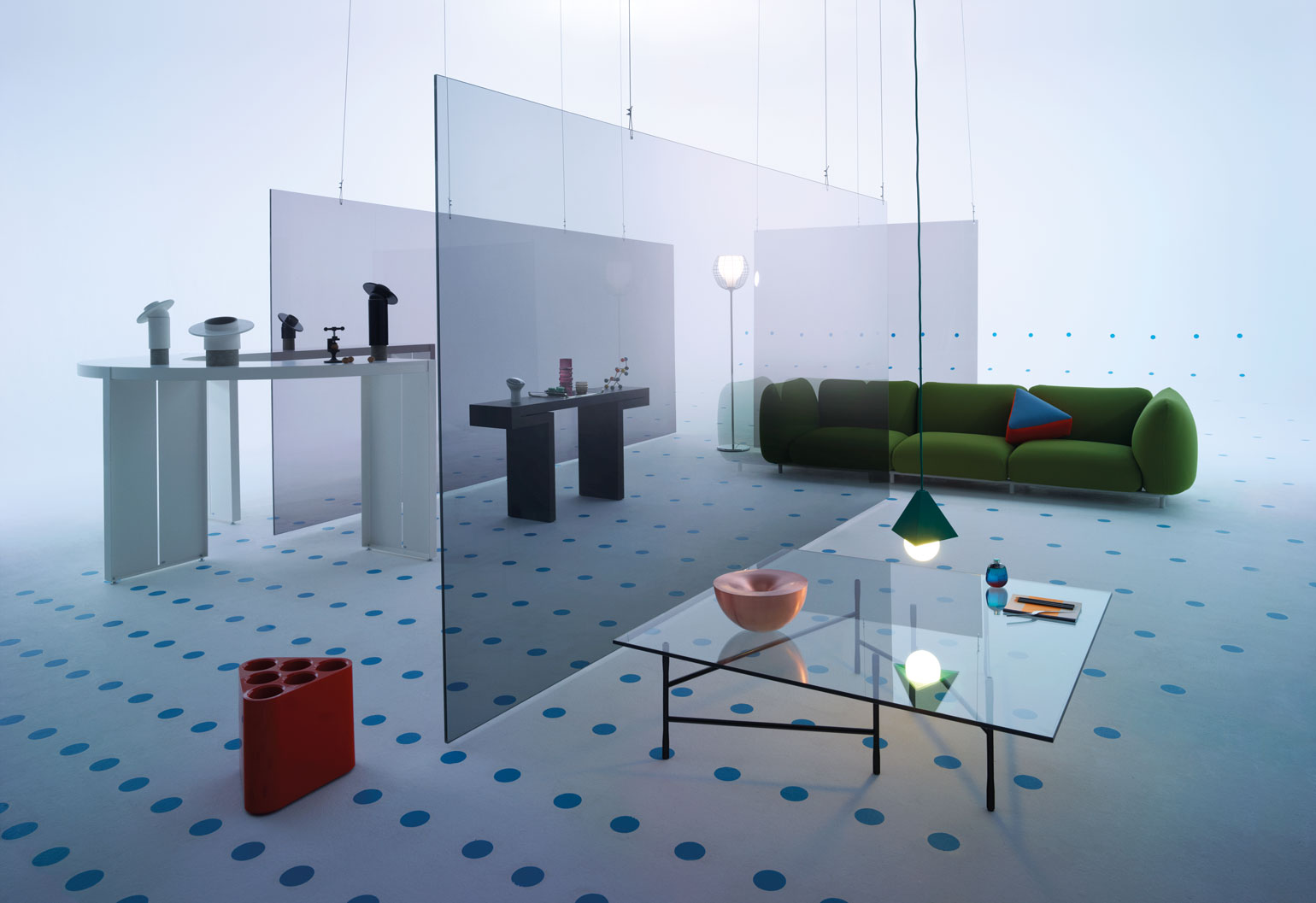
Wim Crouwel's interiors shoot, for Wallpaper* April 2011 (W*145). Direction: Wim Crouwel.
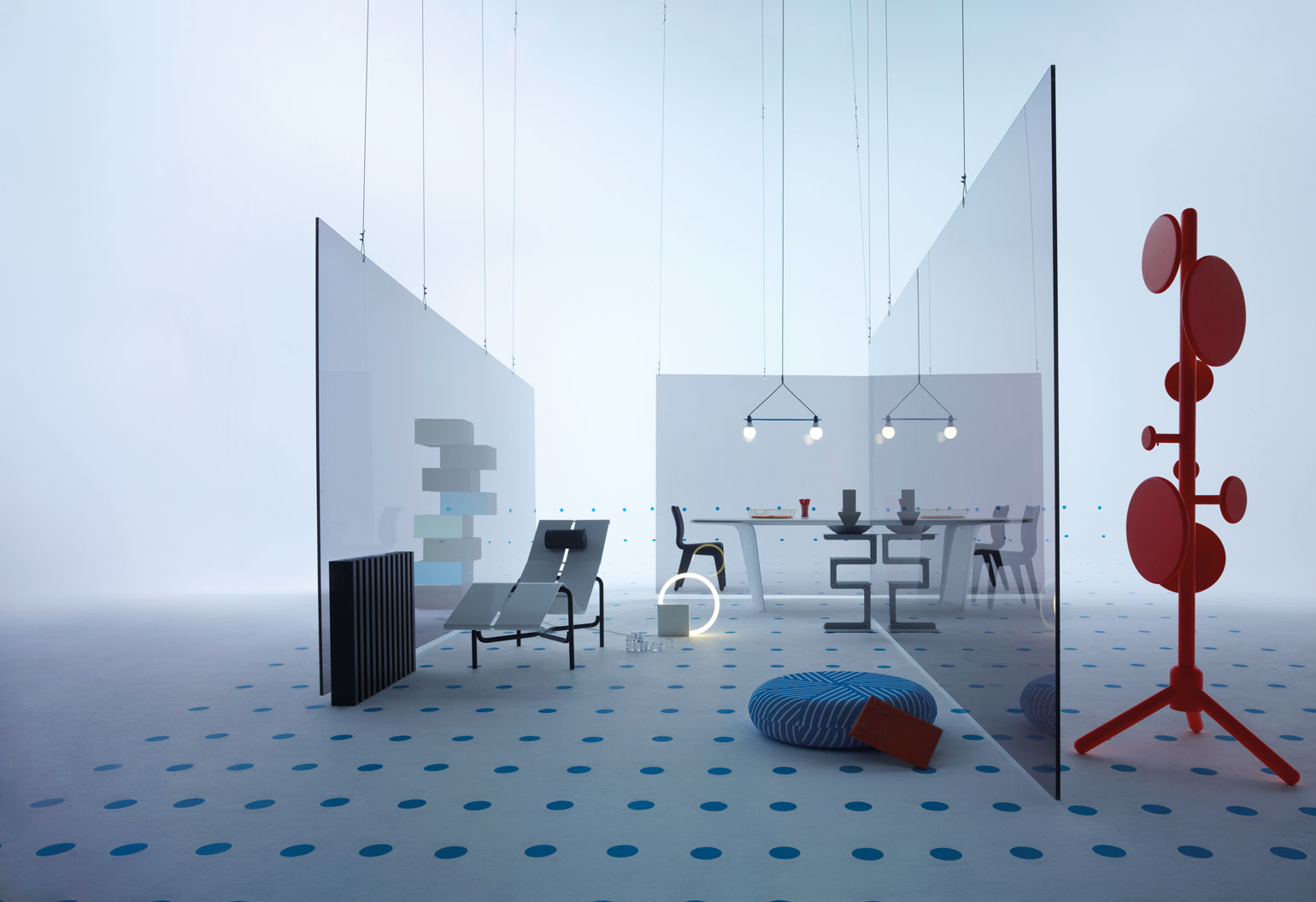
Wim Crouwel's interiors shoot, for Wallpaper* April 2011 (W*145). Direction: Wim Crouwel.
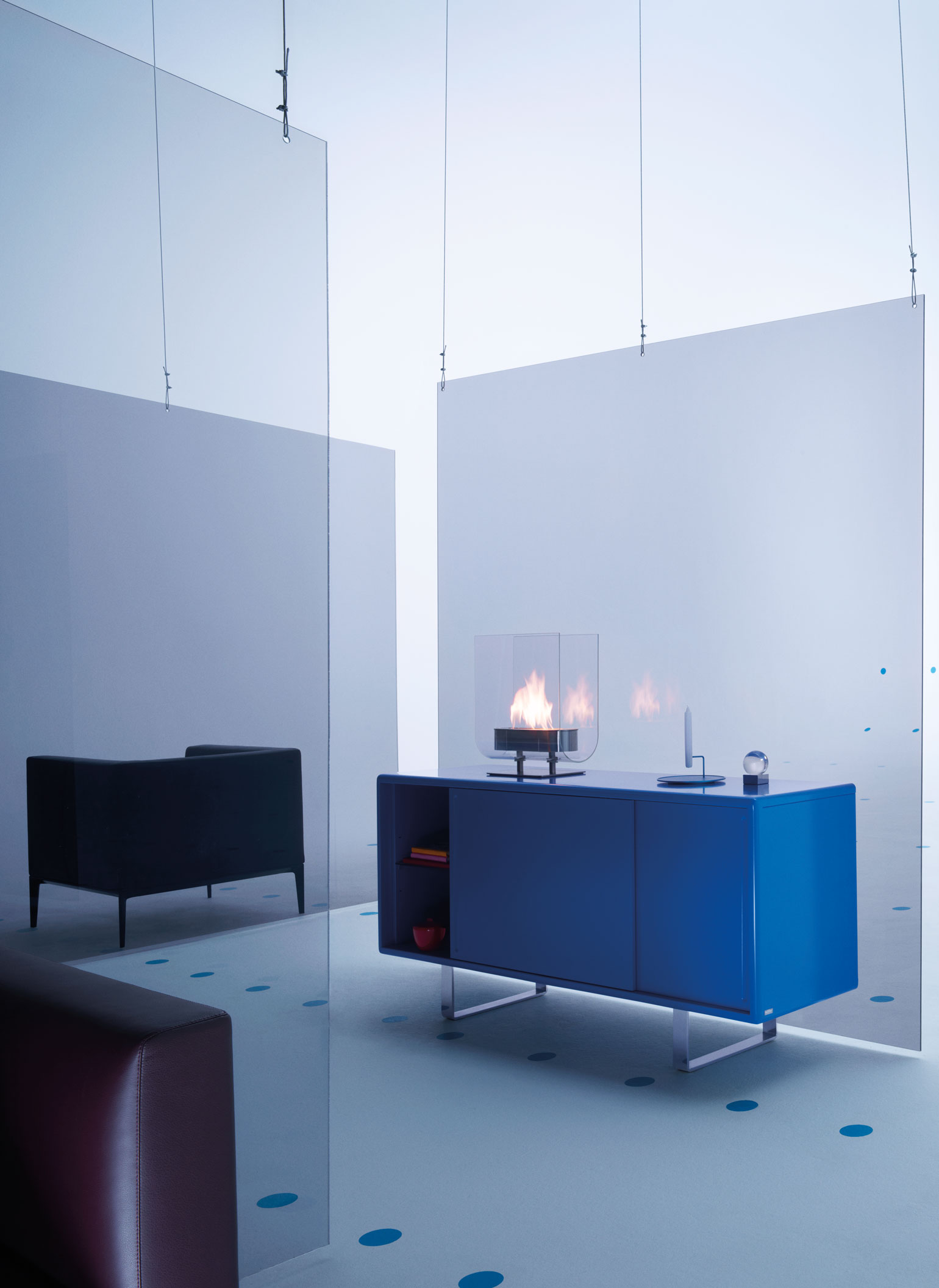
Wim Crouwel's interiors shoot, for Wallpaper* April 2011 (W*145). Direction: Wim Crouwel.
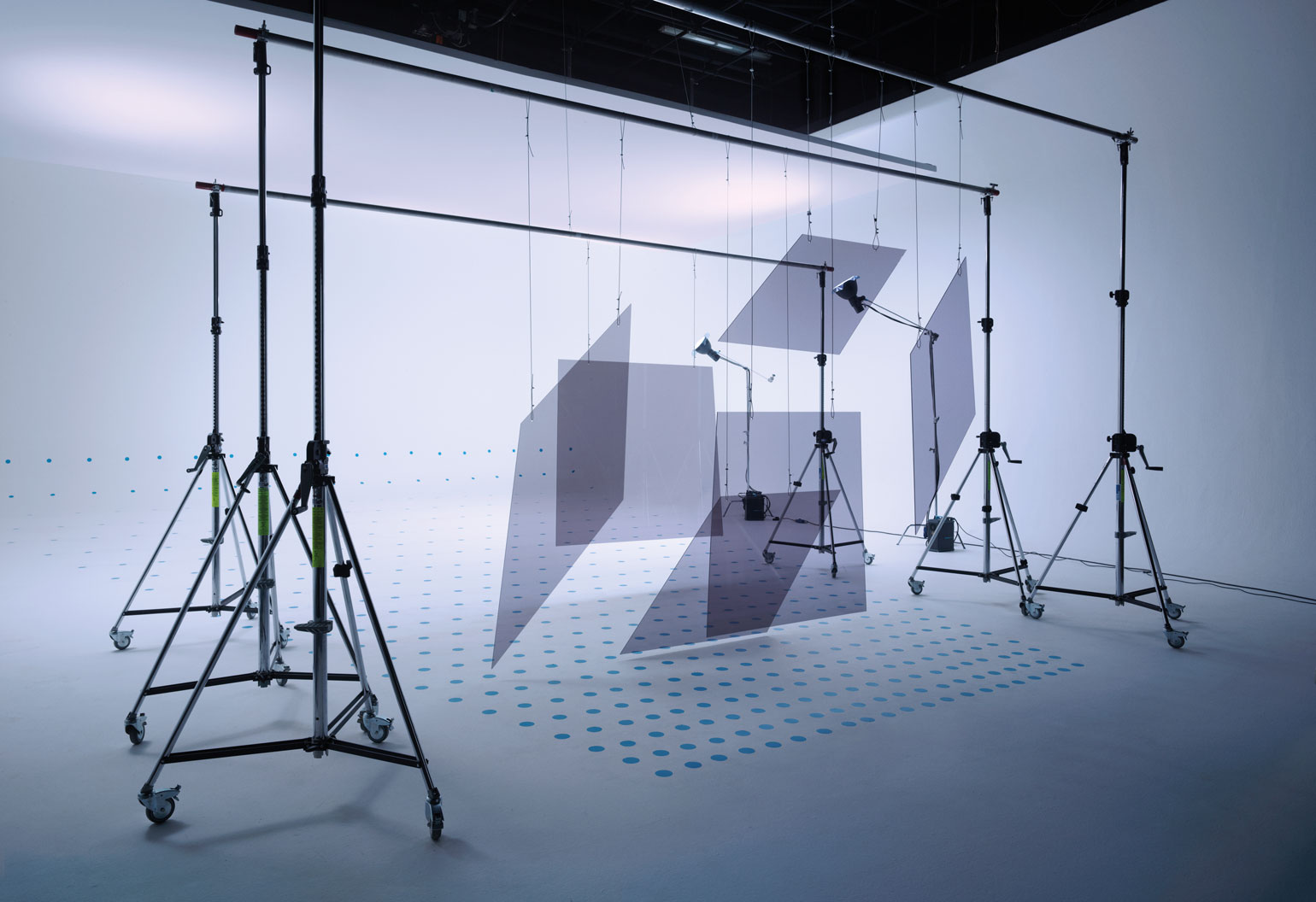
Wim Crouwel's interiors shoot, for Wallpaper* April 2011 (W*145). Direction: Wim Crouwel.
Receive our daily digest of inspiration, escapism and design stories from around the world direct to your inbox.
Elly Parsons is the Digital Editor of Wallpaper*, where she oversees Wallpaper.com and its social platforms. She has been with the brand since 2015 in various roles, spending time as digital writer – specialising in art, technology and contemporary culture – and as deputy digital editor. She was shortlisted for a PPA Award in 2017, has written extensively for many publications, and has contributed to three books. She is a guest lecturer in digital journalism at Goldsmiths University, London, where she also holds a masters degree in creative writing. Now, her main areas of expertise include content strategy, audience engagement, and social media.
-
 Usher opens up about breakfast playlists, banana pudding and why a glass tumbler is always on his rider
Usher opens up about breakfast playlists, banana pudding and why a glass tumbler is always on his riderOn the heels of a collaboration with Baccarat, the Grammy-winning singer-songwriter breaks down his entertaining tips. 'Hosting is an expression of how you feel about your guests and also who you are.'
-
 The beauty trends that will define 2026, from ultra-niche fragrances to anti-ageing dental care
The beauty trends that will define 2026, from ultra-niche fragrances to anti-ageing dental careAs we enter the new year, we speak to experts in fragrance, skincare, aesthetics, wellness and more about the trends that will be shaping the way we look
-
 The most stylish hotel debuts of 2025
The most stylish hotel debuts of 2025A Wallpaper* edit of this year’s defining hotel openings. Design-led stays to shape your next escape
-
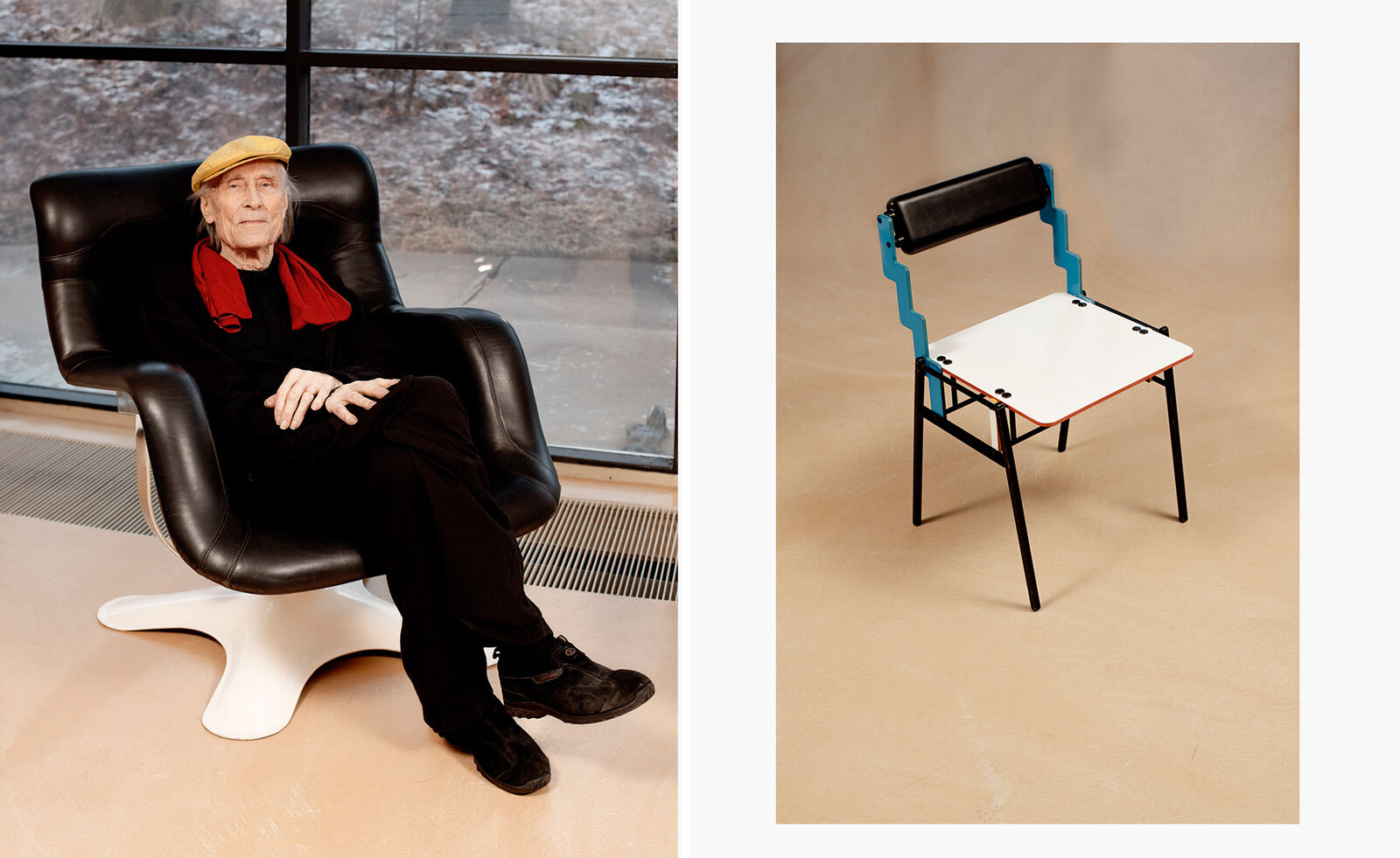 Remembering Yrjö Kukkapuro, Finnish grand master of design (1933-2025)
Remembering Yrjö Kukkapuro, Finnish grand master of design (1933-2025)Almost everyone in Finland has sat in a chair by designer Yrjö Kukkapuro, writes Wallpaper’s Emma O'Kelly, who met him at his studio in 2020 and here pays tribute to a design legend
-
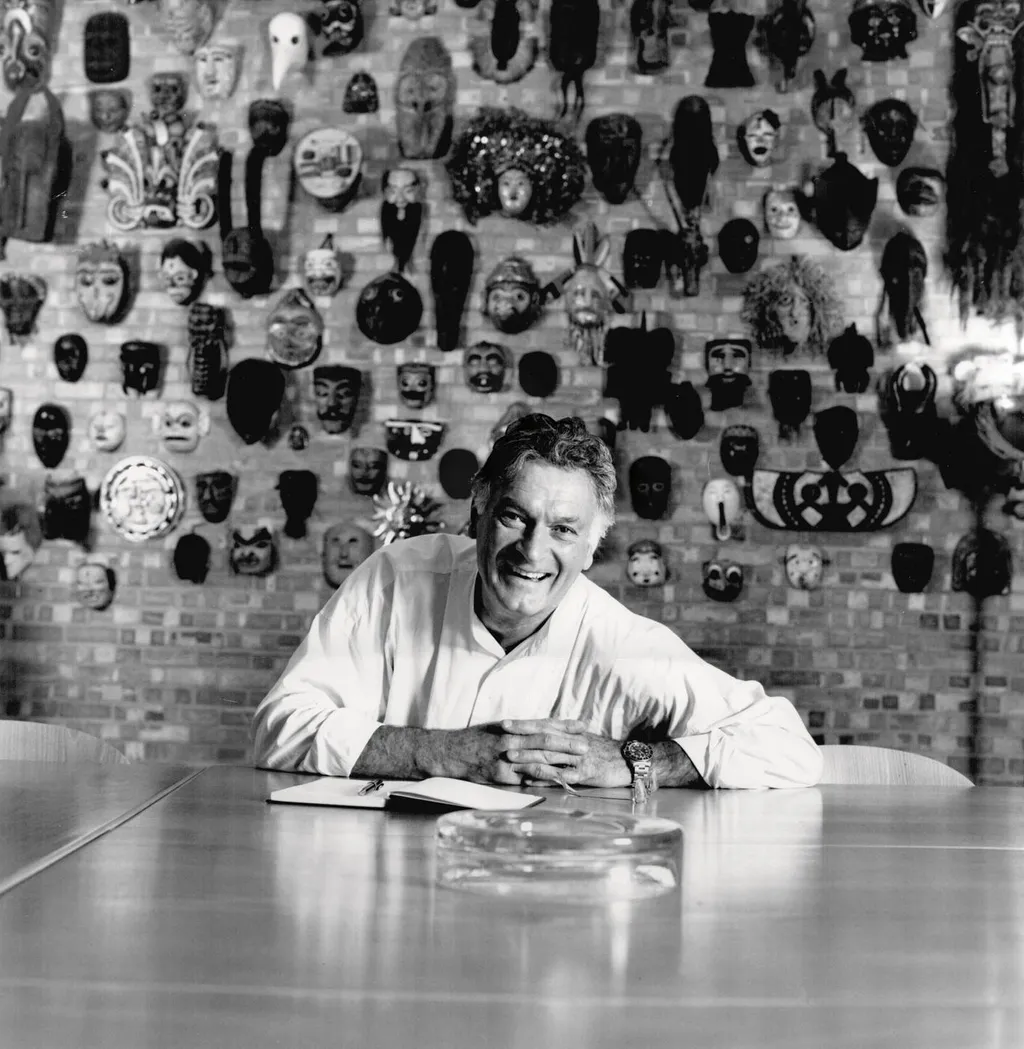 We remember Kenneth Grange, the British industrial designer, who has died aged 95
We remember Kenneth Grange, the British industrial designer, who has died aged 95Kenneth Grange was a colossus of post-war design. With a career spanning six decades, his mission for improvement touched everything from trains to fountain pens, taxis to toothbrushes
-
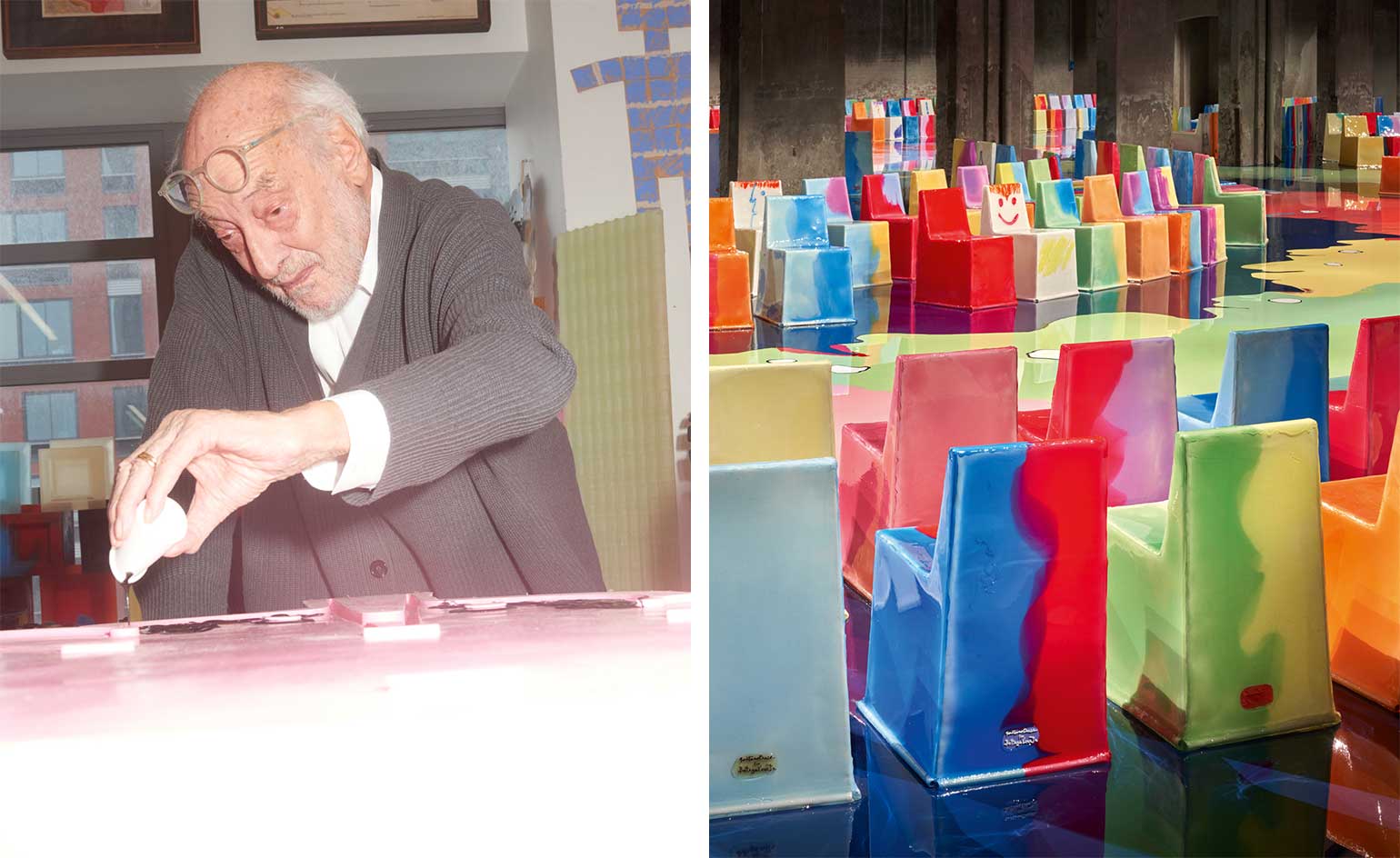 Design world mourns Gaetano Pesce (1939-2024), the ‘most radical of radicals’
Design world mourns Gaetano Pesce (1939-2024), the ‘most radical of radicals’We remember Gaetano Pesce, the rule-breaking Italian design visionary, who has died in New York aged 84
-
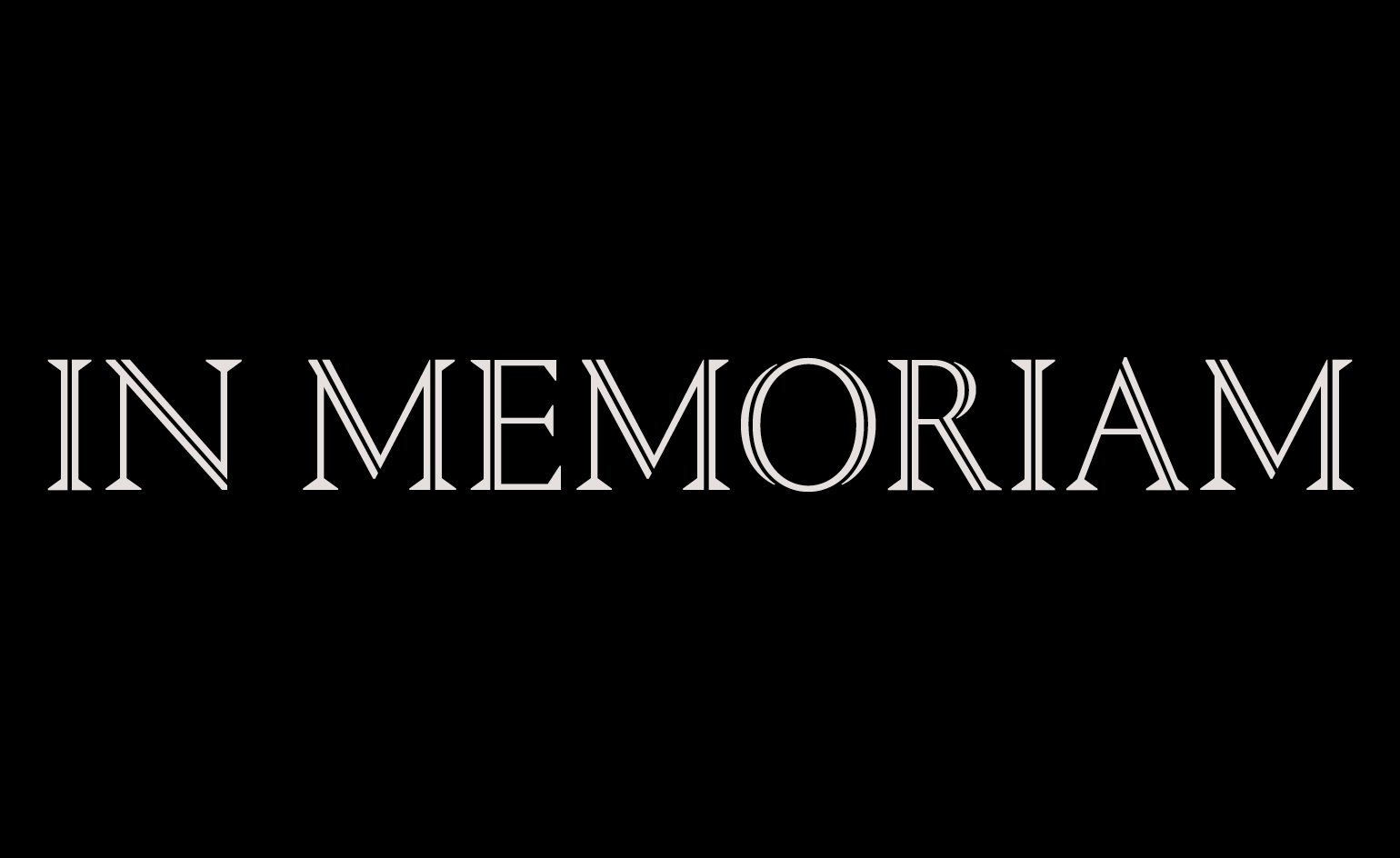 In memoriam: celebrating the lives and work of those we lost in 2023
In memoriam: celebrating the lives and work of those we lost in 2023We honour and remember some of the influential creatives lost during 2023, through the Wallpaper* tributes that ran throughout the year
-
 In Memoriam: Maria Pergay (1930 – 2023)
In Memoriam: Maria Pergay (1930 – 2023)We remember design dame Maria Pergay, who died on 31 October 2023 aged 93
-
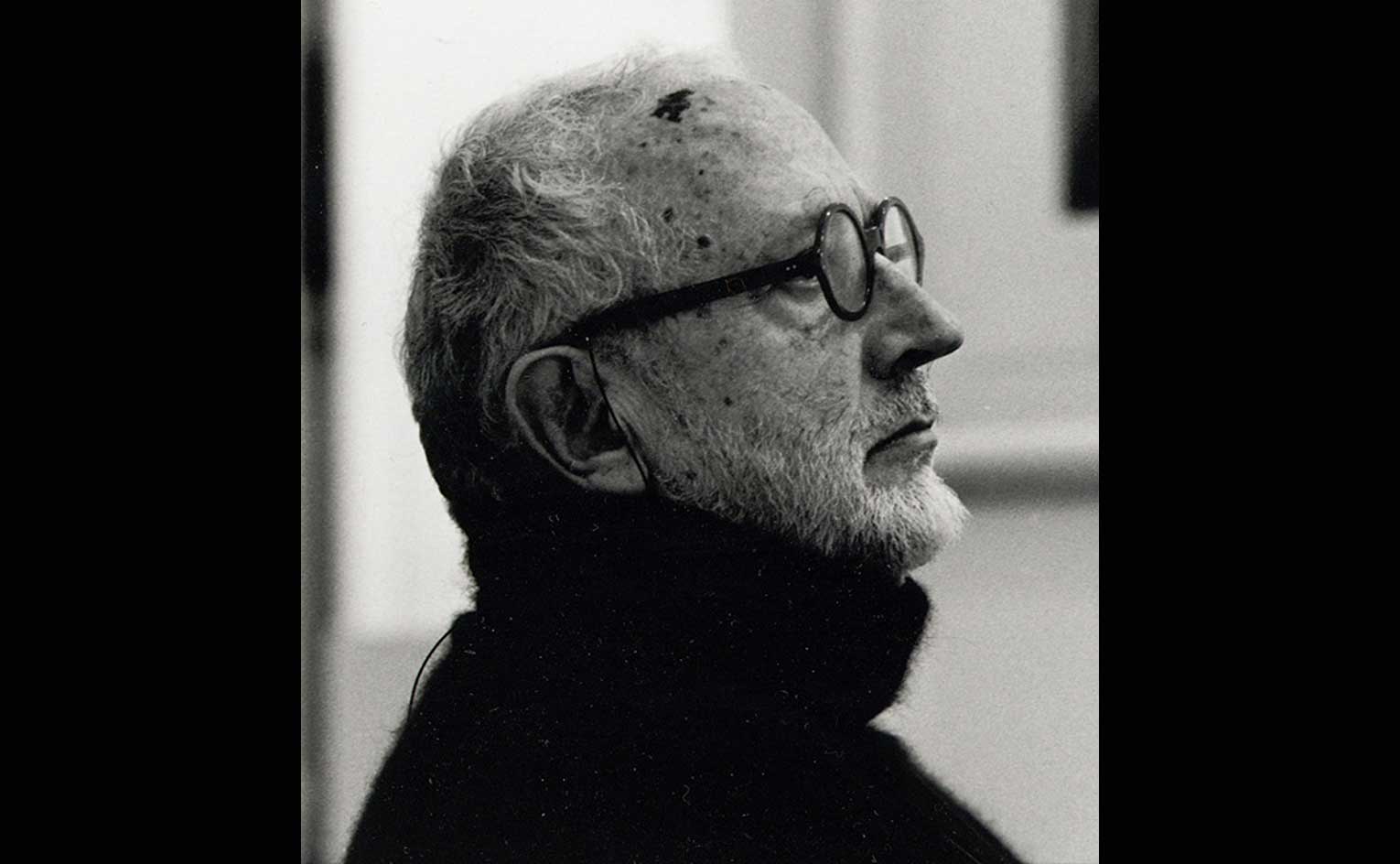 In Memoriam: Andrea Branzi (1938 – 2023)
In Memoriam: Andrea Branzi (1938 – 2023)We remember Italian design radical Andrea Branzi, who died on 9 October 2023
-
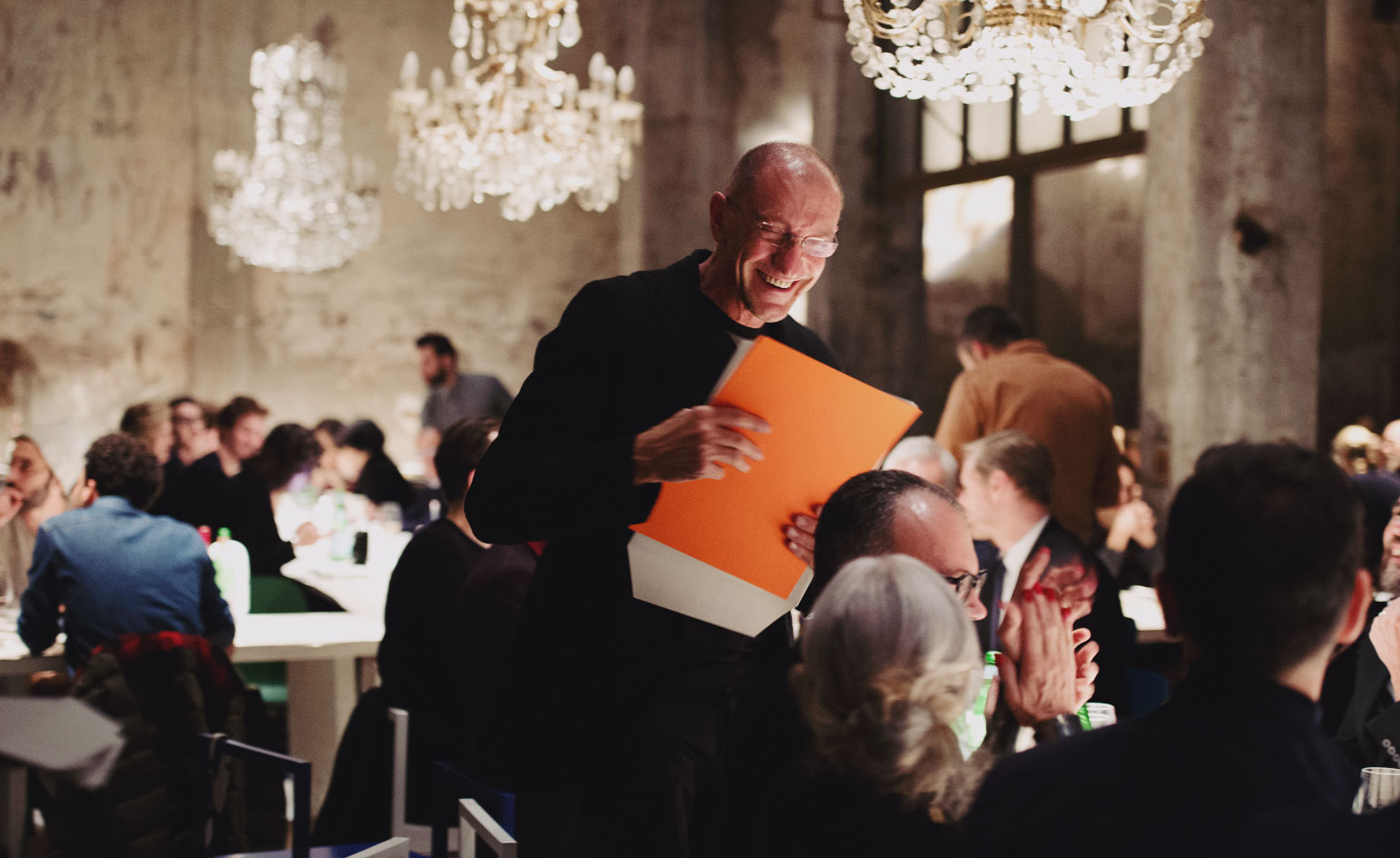 In Memoriam: Rodolfo Dordoni (1954 - 2023)
In Memoriam: Rodolfo Dordoni (1954 - 2023)We remember Italian designer and architect Rodolfo Dordoni, who died on 1 August 2023
-
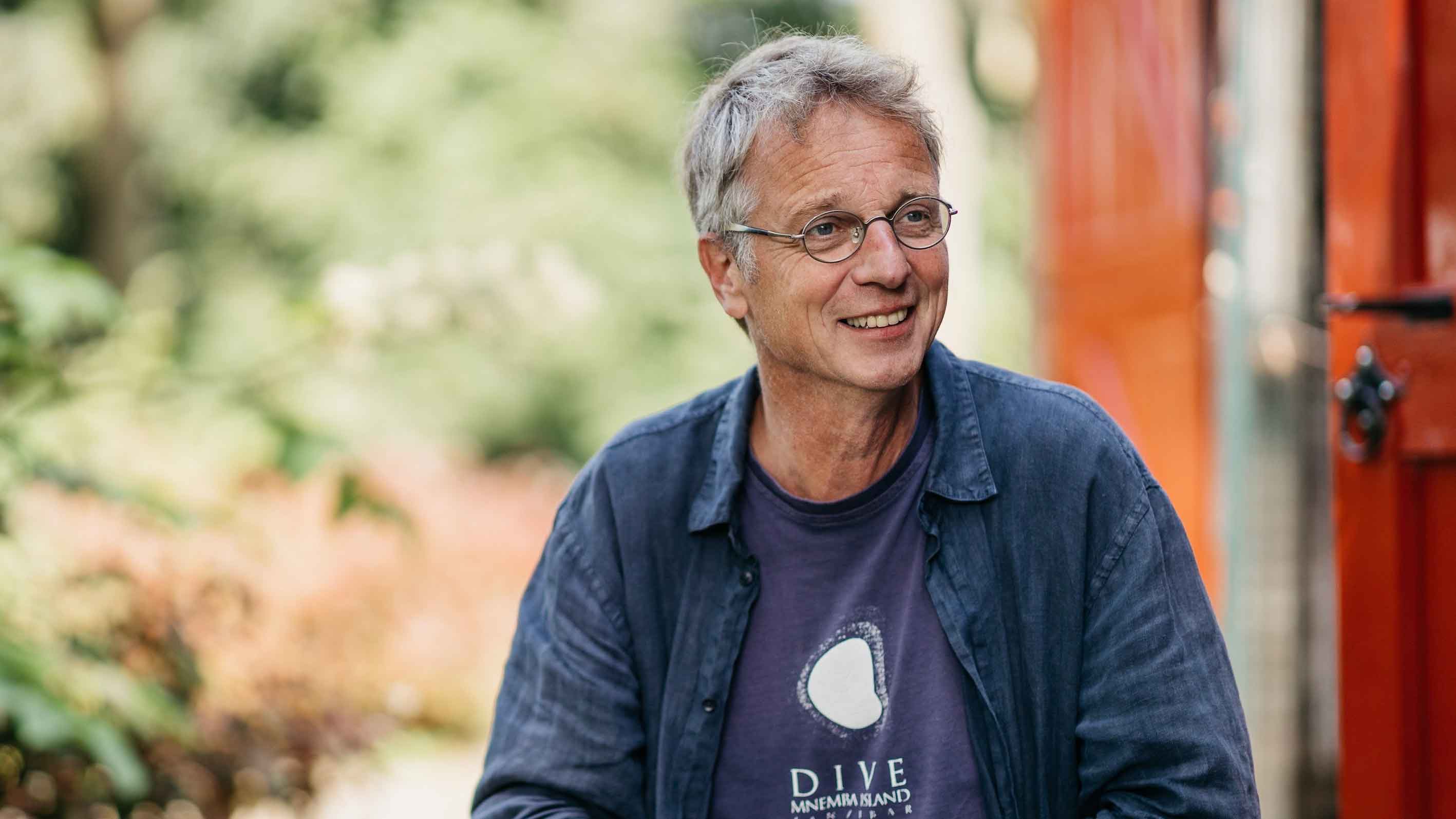 In memoriam: Thomas Eyck (1964 – 2023)
In memoriam: Thomas Eyck (1964 – 2023)We remember Dutch design entrepreneur Thomas Eyck, a champion of craft, materiality and beauty who helped elevate many of the Netherlands’ contemporary design stars